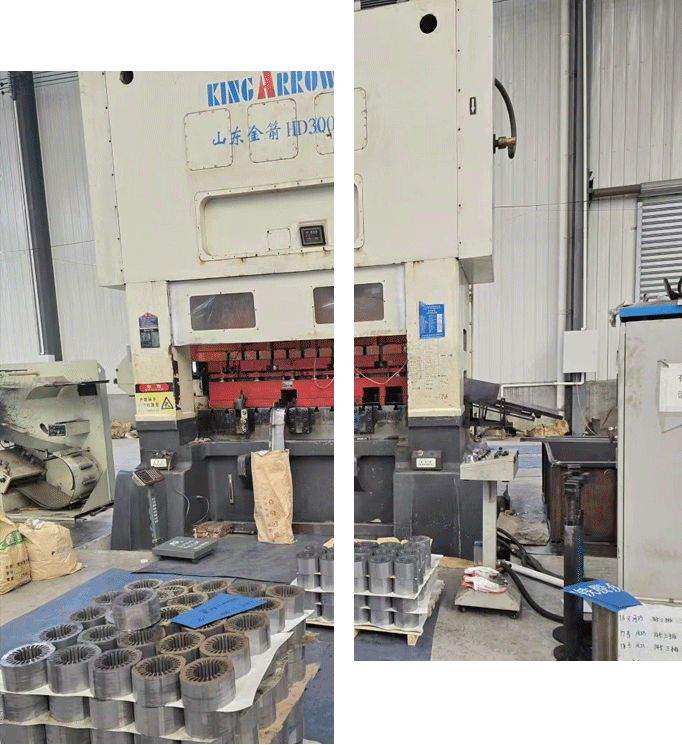Dec . 03, 2024 14:47 Back to list
Understanding Single Phase Submersible Pump Operation and Applications in Various Environments
Understanding Single Phase Submersible Pumps
Single phase submersible pumps are essential devices widely used in various applications, ranging from residential water supply to agricultural irrigation. Unlike traditional pumps that operate above ground, submersible pumps are designed to work underwater, making them highly efficient and effective in their tasks. This article explores the functioning, advantages, applications, and maintenance of single phase submersible pumps.
What is a Single Phase Submersible Pump?
A single phase submersible pump is a type of electrical pump that operates on a single-phase power supply. This means it is designed to run on conventional household electrical systems, typically delivering around 120 to 240 volts. The key characteristic of these pumps is their ability to perform under water, submerged in the fluid they are pumping. They consist of a motor and a pump body, all of which are housed in a single unit. This design eliminates the need for priming and allows for efficient fluid movement.
How Does it Work?
The basic principle behind the operation of a single phase submersible pump is relatively straightforward. The pump is submerged in the fluid, and when powered on, the motor drives an impeller that creates centrifugal force. This force pushes the fluid away from the impeller and through the pump, drawing more fluid into the inlet. The design allows for high efficiency, as the pump can operate continuously without losing its prime, a common issue with surface pumps.
Advantages of Single Phase Submersible Pumps
1. High Efficiency These pumps are designed to minimize energy loss, which leads to lower operational costs. The submersible design reduces friction and ensures that the pump can move large volumes of water quickly.
2. Quiet Operation Because they are submerged, these pumps operate at lower noise levels than many surface pumps, making them ideal for residential and urban settings.
4. Reduced Risk of Contamination By being submerged in the fluid, submersible pumps minimize the risk of contaminants entering the water supply, ensuring cleaner output.
5. Versatility These pumps can be used in a variety of applications, from domestic water systems to agricultural irrigation and groundwater removal.
Applications
single phase submersible pump

Single phase submersible pumps have a wide range of applications. Some common uses include
- Residential Water Supply They are often used to supply water from wells or boreholes to homes, providing a reliable and steady flow of water.
- Irrigation Farmers and gardeners use submersible pumps to draw water from lakes, rivers, or underground sources for irrigation systems.
- Dewatering In construction and mining, these pumps are used to remove water from sites, keeping the area dry for operations.
- Aquariums and Fountains Smaller submersible pumps are commonly used in aquariums and decorative fountains, ensuring water circulation and aeration.
Maintenance Tips
To ensure the longevity and efficiency of single phase submersible pumps, regular maintenance is crucial
1. Check the Power Supply Ensure that the electrical connections are intact and functioning to avoid motor burnout.
2. Inspect for Clogs Regularly check the intake screen and impeller for debris or clogs that could impede performance.
3. Monitor Performance Keep an eye on the flow rate and pressure to detect any changes that may suggest wear or damage.
4. Annual Servicing It's advisable to have professional servicing annually to address any potential issues before they become serious problems.
Conclusion
Single phase submersible pumps represent a cornerstone technology in fluid management, offering efficient, reliable, and versatile solutions for both residential and industrial applications. Understanding their workings, advantages, and proper maintenance can significantly enhance their performance and lifespan, ultimately providing users with better service and value. Whether for home water supply or agricultural needs, these pumps continue to play a vital role in water management across the globe.
-
Submersible Water Pump: The Efficient 'Power Pioneer' of the Underwater World
NewsJul.01,2025
-
Submersible Pond Pump: The Hidden Guardian of Water Landscape Ecology
NewsJul.01,2025
-
Stainless Well Pump: A Reliable and Durable Pumping Main Force
NewsJul.01,2025
-
Stainless Steel Submersible Pump: An Efficient and Versatile Tool for Underwater Operations
NewsJul.01,2025
-
Deep Well Submersible Pump: An Efficient 'Sucker' of Groundwater Sources
NewsJul.01,2025
-
Deep Water Well Pump: An Efficient 'Sucker' of Groundwater Sources
NewsJul.01,2025
-
 Submersible Water Pump: The Efficient 'Power Pioneer' of the Underwater WorldIn the field of hydraulic equipment, the Submersible Water Pump has become the core equipment for underwater operations and water resource transportation due to its unique design and excellent performance.Detail
Submersible Water Pump: The Efficient 'Power Pioneer' of the Underwater WorldIn the field of hydraulic equipment, the Submersible Water Pump has become the core equipment for underwater operations and water resource transportation due to its unique design and excellent performance.Detail -
 Submersible Pond Pump: The Hidden Guardian of Water Landscape EcologyIn courtyard landscapes, ecological ponds, and even small-scale water conservancy projects, there is a silent yet indispensable equipment - the Submersible Pond Pump.Detail
Submersible Pond Pump: The Hidden Guardian of Water Landscape EcologyIn courtyard landscapes, ecological ponds, and even small-scale water conservancy projects, there is a silent yet indispensable equipment - the Submersible Pond Pump.Detail -
 Stainless Well Pump: A Reliable and Durable Pumping Main ForceIn the field of water resource transportation, Stainless Well Pump has become the core equipment for various pumping scenarios with its excellent performance and reliable quality.Detail
Stainless Well Pump: A Reliable and Durable Pumping Main ForceIn the field of water resource transportation, Stainless Well Pump has become the core equipment for various pumping scenarios with its excellent performance and reliable quality.Detail
